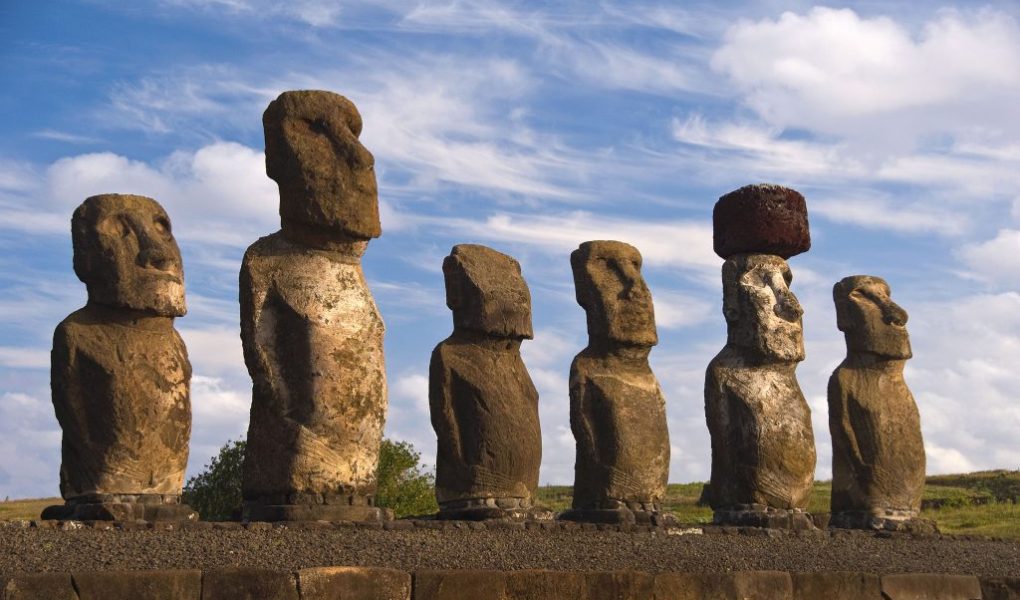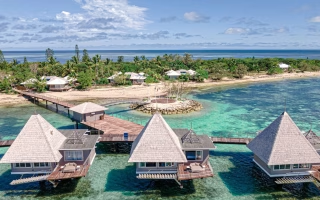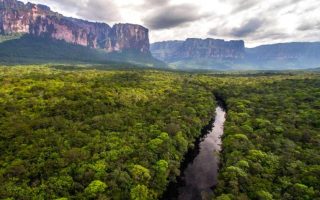lareddepathways.com – Rapa Nui, also known as Easter Island, is a remote Polynesian island located in the southeastern Pacific Ocean. The island is renowned for its monumental stone statues, known as moai, which have captivated the world’s imagination. However, the social and political structure of the ancient Rapa Nui people is equally fascinating and complex. This article delves into the tribal organization, confederations, and the role of social structures in the ancient Rapa Nui society.
Tribal Organization
The social structure of the Rapa Nui people was fundamentally tribal. The island was divided into independent tribal bodies called mata, which were grouped into two main confederations. This tribal organization was central to the social and political life of the Rapa Nui, providing a framework for governance, resource management, and cultural practices.
Confederations
The two main confederations on Rapa Nui were the Hanau epe and the Hanau momoko. These confederations were not just political entities but also had significant cultural and ceremonial roles. The confederations were responsible for organizing and overseeing the construction of the moai and the ahu (platforms) on which they stood. These monumental structures served as spatial centers for social, political, economic, and ceremonial activities.
Social and Political Roles
The social structure of Rapa Nui was intricately linked with its political economy. The construction and maintenance of the moai and ahu required a high degree of social organization and labor coordination. The chiefs, or ariki, played a crucial role in this process, acting as both political leaders and religious figures. They were responsible for organizing the workforce, managing resources, and conducting ceremonies that reinforced the social hierarchy and the legitimacy of their rule.
Settlement Structure
The settlement structure of Rapa Nui was also a reflection of its social and political organization. The thesis on the social structure of the settlement of Hanga o’Honu provides insights into the spatial organization of the island before European contact. The settlements were designed to support the social and political functions of the confederations, with specific areas designated for different activities such as farming, fishing, and ceremonial gatherings.
Conclusion
The social and political structure of ancient Rapa Nui was a sophisticated system that integrated tribal organization, confederations, and monumental architecture. This structure not only facilitated the construction of the iconic moai but also supported the social, political, and economic life of the Rapa Nui people. Understanding this structure provides valuable insights into the resilience and ingenuity of the ancient Rapa Nui society.




